Best Time for Chimney Rebuildings
Chimney rebuildings are essential for maintaining structural integrity and safety. The optimal time for such projects depends on weather conditions, chimney condition, and usage frequency. Typically, late summer to early fall is ideal, allowing for completion before the heating season begins. Avoiding winter months prevents delays caused by cold weather and potential access issues.
Rebuildings are best scheduled in late summer or early fall to ensure readiness for winter use.
Dry, mild weather minimizes delays and reduces risk of weather-related damage during construction.
Regular inspections can identify when a rebuild is necessary, often before severe weather exposure.
High usage chimneys may require more frequent rebuilds, ideally scheduled during off-peak seasons.
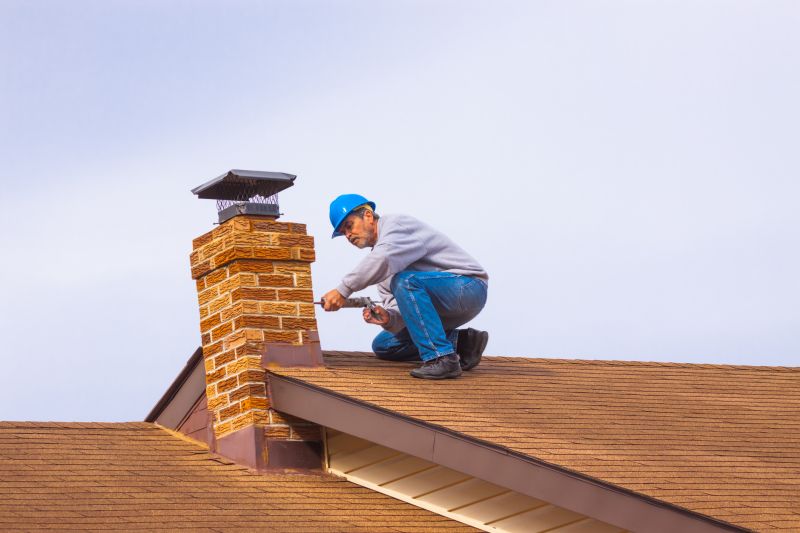
Image of a chimney undergoing rebuilding process.
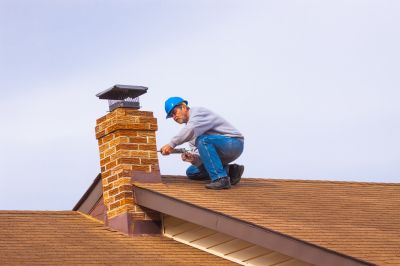
Close-up of structural assessment for rebuild planning.
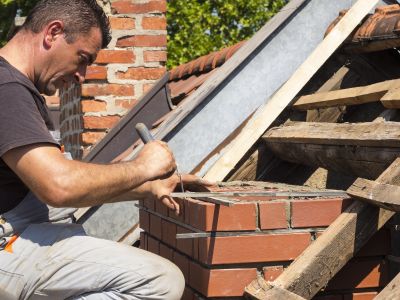
Finished chimney rebuild showcasing restored integrity.
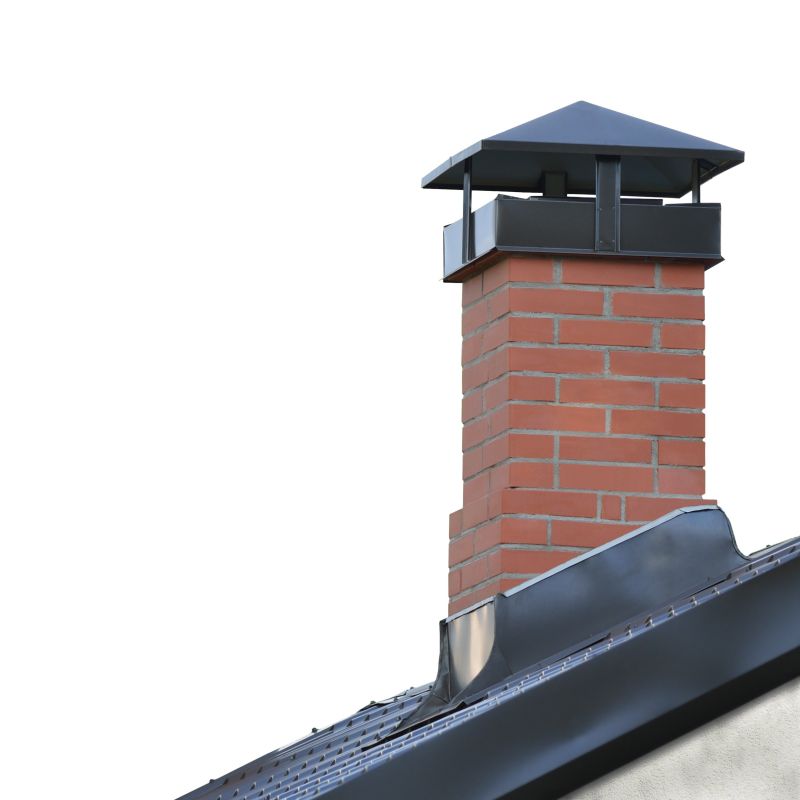
Ways to make Chimney Rebuildings work in tight or awkward layouts.

Popular materials for Chimney Rebuildings and why they hold up over time.
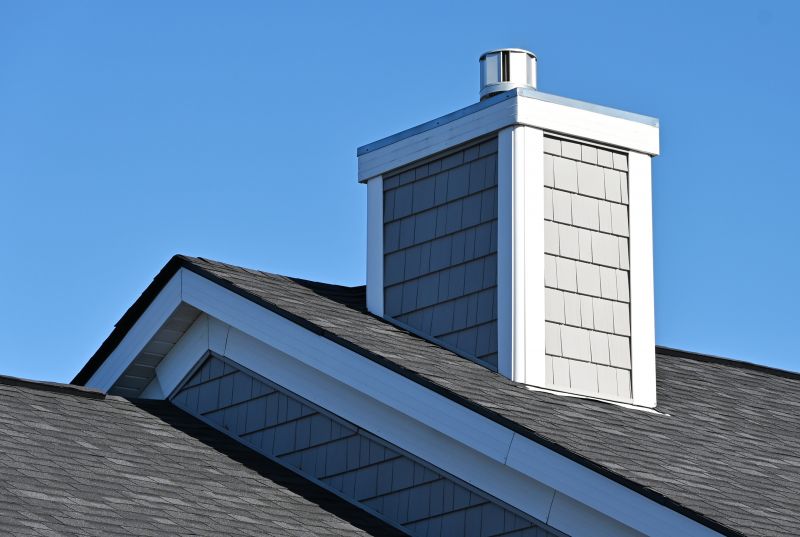
Simple add-ons that improve Chimney Rebuildings without blowing the budget.
Chimney rebuildings involve replacing or repairing damaged masonry, liners, and structural supports to ensure safety and functionality. Over time, exposure to weather, temperature fluctuations, and usage can cause deterioration. Statistics indicate that approximately 30% of chimneys require some form of rebuilding or extensive repair after 20 years of service. Proper timing and maintenance can extend the lifespan of a chimney significantly.

An aging chimney showing signs of wear.
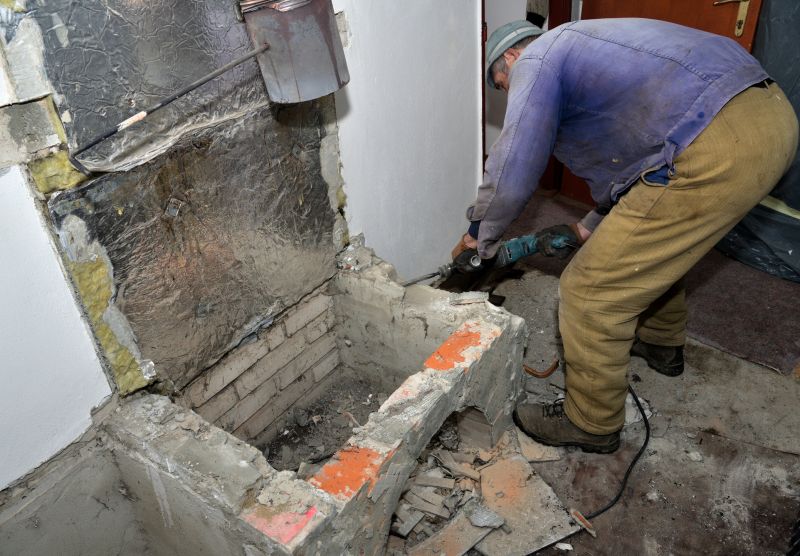
Workers reconstructing a chimney structure.
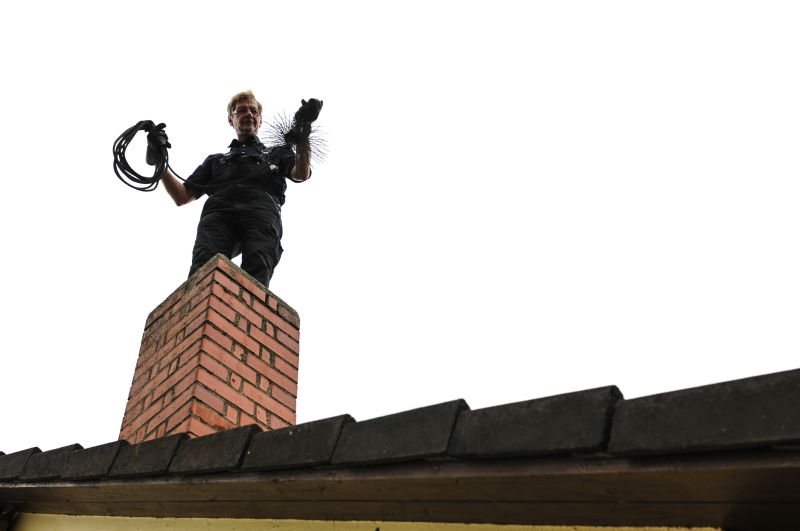
A restored chimney ready for use.
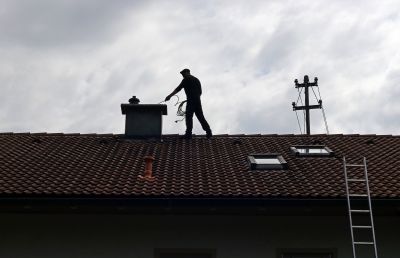
Ensuring the rebuild meets safety standards.
| Aspect | Details |
|---|---|
| Optimal Rebuilding Season | Late summer to early fall |
| Weather Impact | Dry, mild conditions preferred |
| Inspection Frequency | Annually recommended |
| Average Lifespan of Chimney | 20-30 years with proper maintenance |
| Signs of Needed Rebuild | Cracks, leaning, mortar deterioration |
| Impact of Weather | Severe weather accelerates deterioration |
| Usage Influence | High usage increases rebuild frequency |
| Cost Considerations | Scheduling during off-peak seasons may reduce costs |
Timely rebuilding of chimneys ensures safety, efficiency, and longevity. Regular inspections can identify early signs of deterioration, allowing for planned rebuilds that minimize disruption and cost. Proper scheduling aligned with weather patterns and usage needs contributes to successful projects and extended chimney lifespan.

Professional assessment of chimney condition.

Tools and materials used in chimney reconstruction.
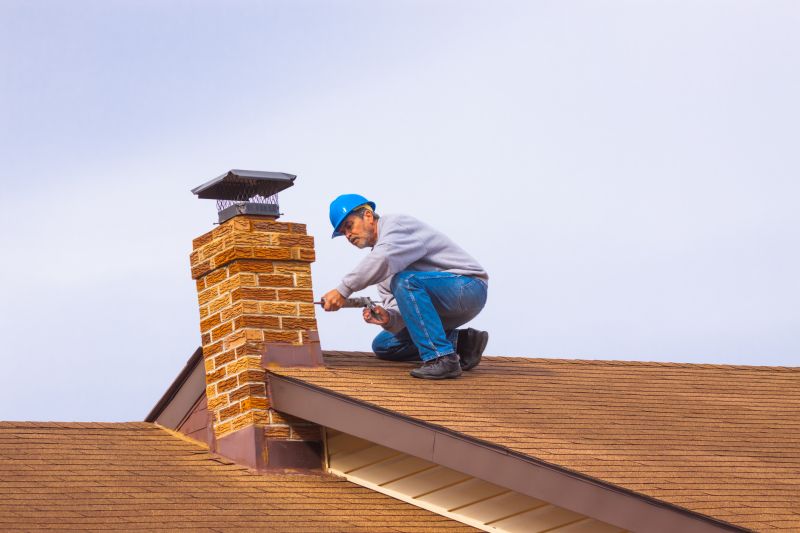
A structurally sound chimney post-rebuild.

High-end options that actually feel worth it for Chimney Rebuildings.
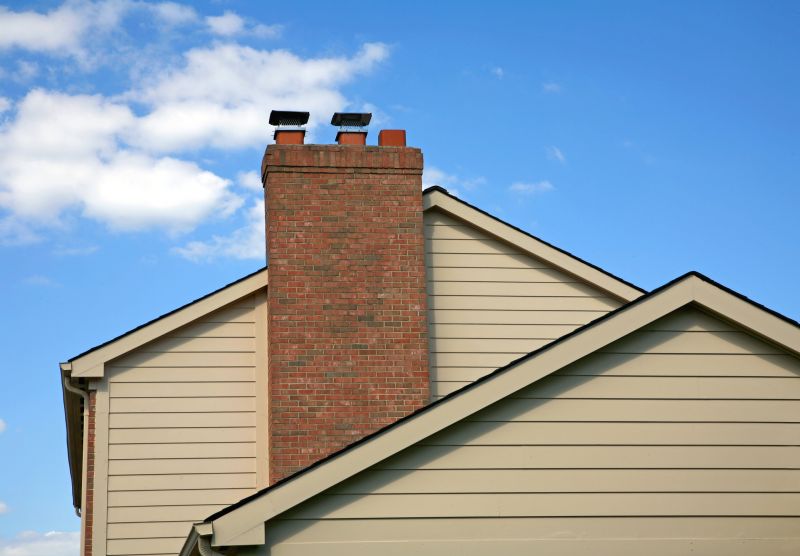
Finishes and colors that play nicely with Chimney Rebuildings.
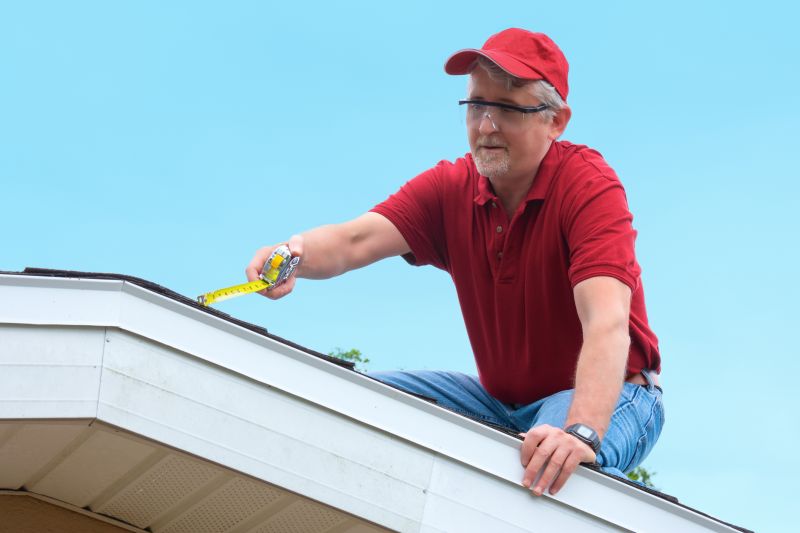
Little measurements that prevent headaches on Chimney Rebuildings day.
Interested parties are encouraged to contact for further information or to schedule a chimney rebuild. Proper timing and professional assessment are key factors in ensuring a safe and durable chimney structure.



